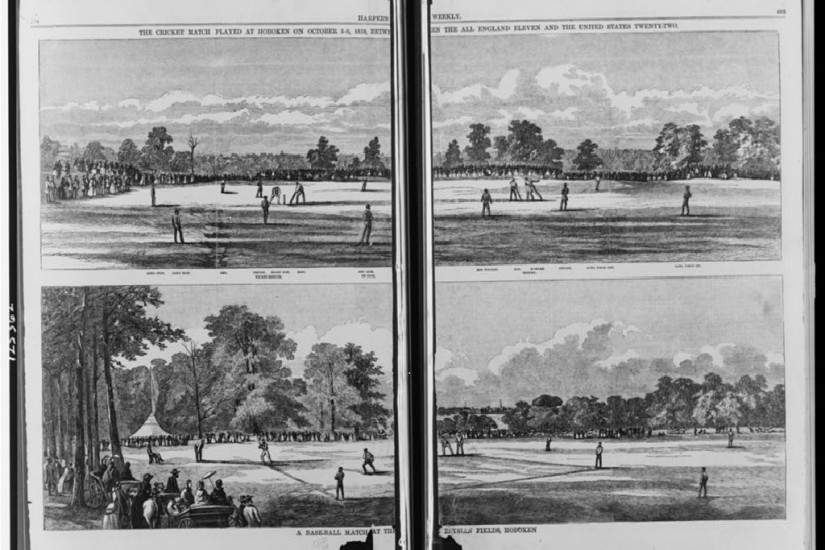In early summer 1859, St. George’s Cricket Club found itself at an existential crossroads. Established in 1838, the Manhattan-based organization had for decades worked assiduously to, in the words of an 1859 club pamphlet, “see Cricket more generally established, better understood, and more regularly practiced” in America. In this quest, the club had initially benefited from its sport’s old-world cachet. Cricket offered American sportsmen a uniform and replicable product. Conversely, its chief competitor—“Base Ball”—had until recently remained provincial and largely underdeveloped.
This advantage had long kept cricket competitive in a battle for supremacy in New York, which was far more hotly contested than modern sports fans might think. “In the mid-1850s baseball and cricket were reasonable contenders for the title,” says John Thorn, the official historian of Major League Baseball. “The press often referred to them [in the plural] as America’s ‘national pastimes.’”
In those years, however, baseball had taken significant strides. In 1854, New York’s most prominent clubs, led by a team known as the Knickerbockers, had begun to codify basic rules. The sport’s popularity grew exponentially after an 1857 conference established many of the standards that remain in place today. With new clubs sprouting monthly across the northeast United States, St. George’s and other cricket organizations now searched for something, anything, to stave baseball’s momentum.
